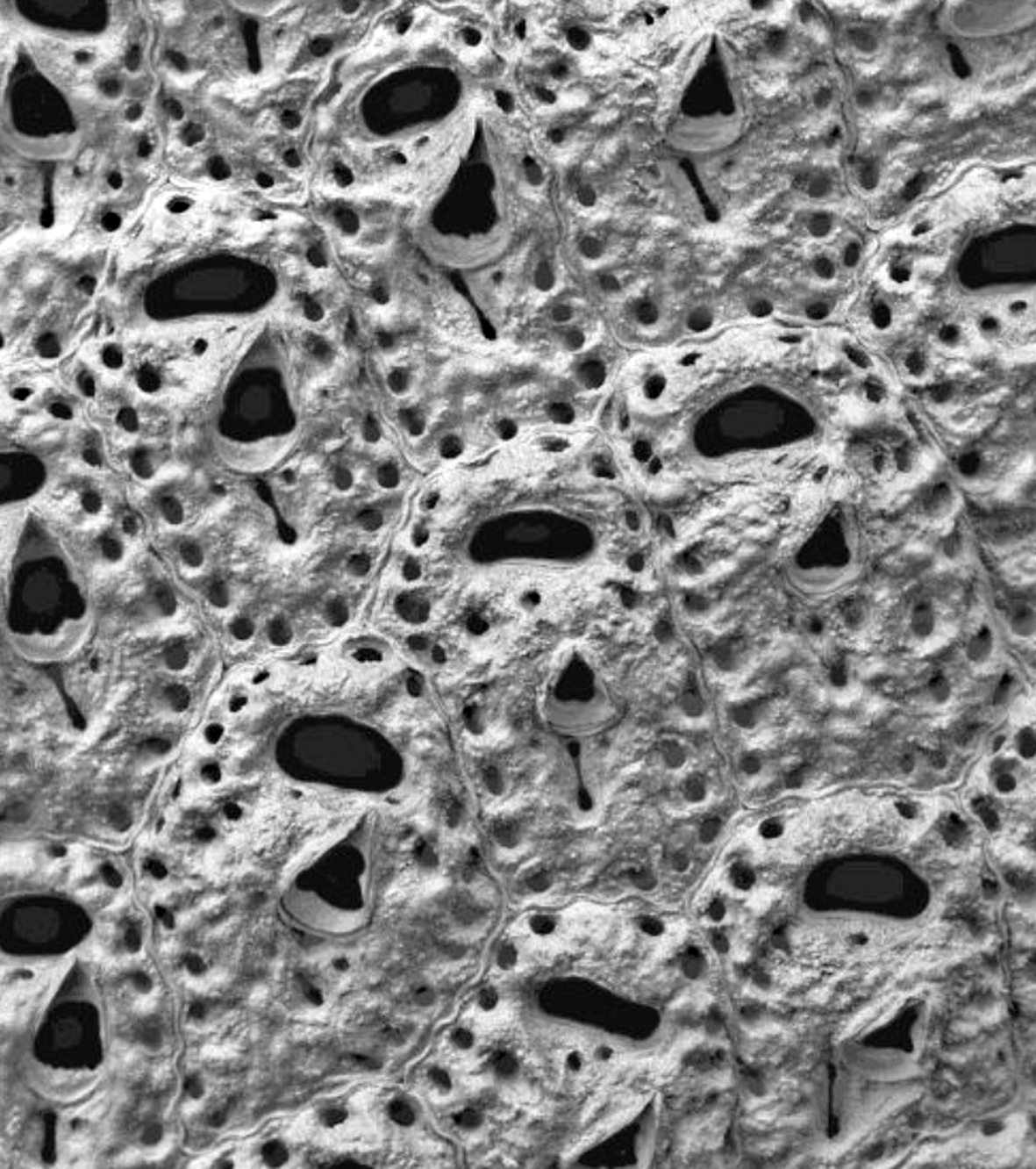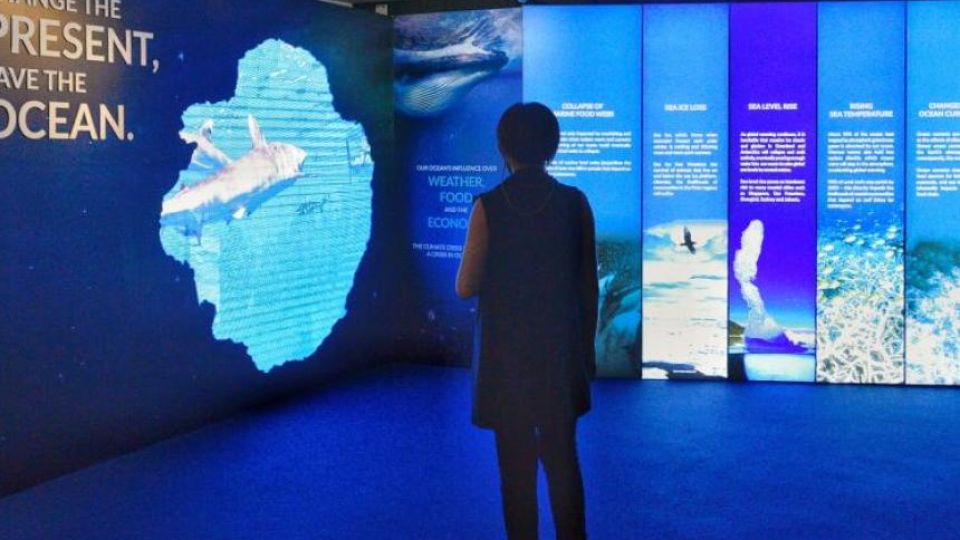April 12, 2022
SINGAPORE – Three new species of “moss animals” were discovered here a few years ago growing on coral rubble, seaweed and a sea sponge within the Sisters’ Islands Marine Park.
Moss animals are tiny, simple aquatic creatures that resemble the small plants and are classified under a group of marine life called Bryozoa.
Bryozoans are invertebrates that exist in small colonies while encrusted on larger objects such as coral rubble. Each colony is about a few centimetres wide, much like moss growing on a piece of log.
Scientists from the National University of Singapore (NUS) discovered the three new species while surveying and collecting bryozoans for a project in 2019.
The discovery of the three new species was announced by Minister for National Development Desmond Lee on Monday (April 11), as he launched a new exhibition on safeguarding the ocean and conserving marine life, at the Singapore Botanic Gardens.
Mr Lee added that the NUS scientists also found nine existing species of bryozoans that were recorded in Singapore for the first time. This brings the total number of bryozoan species in Singapore to 133.
“Bryozoans are simple, filter-feeding animals, and interestingly, some of them have been found to be a promising source of anti-cancer drugs,” he noted.
Despite being a small city-state, Singapore is home to a wide range of marine biodiversity, with more than 250 species of hard corals, 120 species of reef fish, and a host of tiny marine life such as bryozoa.
Mr Lee stressed the need to continue protecting marine ecosystems and habitats that are at risk of harsh climate change impacts such as sea level rise and ocean acidification, which causes coral bleaching.
The new exhibition at the Botanic Gardens was jointly curated by property developer City Developments Limited (CDL), the National Parks Board (NParks), and Ocean Geographic, an international marine-themed publication.
Housed in the CDL Green Gallery at the Botanic Gardens, the exhibition comprises display panels, graphics and photos that highlight the importance of regional and global efforts towards coastal and marine conservation.
The exhibition summarises last year’s COP26 climate change conference and how nations promised to strengthen ocean-based action, and outlines Singapore’s marine conservation plans, among other information.
Visitors can also learn about native marine creatures from photo displays.
Admission to the exhibition is free and it will run from Tuesday (April 12) to August this year.
One of the three new bryozoan species, Reptadeonella riatanae, was named after Ms Ria Tan, a years-long marine enthusiast who runs the wildlife website WildSingapore.

Reptadeonella riatanae was named after Ms Ria Tan, a years-long marine enthusiast who runs the wildlife website WildSingapore. PHOTO: JAIN ET AL. 2022
A colony of the Reptadeonella riatanae was discovered encrusted on marine sponge at Pulau Tekukor, said NUS marine biologist Huang Danwei, one of the scientists who helped discover the three new species and nine new local records.
Pulau Tekukor is one of the southern islands of Singapore, located within the Sisters’ Islands Marine Park.
While bryozoans are tiny living things, they help contribute to reef-building and provide habitats for much smaller marine organisms, said Assistant Professor Huang.
The creatures are essential in providing the three-dimensional structure of coral reefs as they form external skeletons made of calcium carbonate, he explained.
Dr Karenne Tun, director of NParks’ National Biodiversity Centre, added that when bryozoa form their calcium carbonate skeletons, they can help to act as a “natural glue” to bind loose coral rubble together.
Mr Lee also highlighted community efforts in safeguarding the wildlife of the country’s shores and waters.
He cited Friends of the Marine Park, which consists of boaters, divers and researchers who work with NParks to manage the 3.9ha Bendera Bay on St John’s Island. Bendera Bay is home to various marine habitats, such as mangroves, seagrass meadows and rocky shores.
Some members of the public have also become “citizen scientists”, helping researchers with biodiversity surveys, he added.
Mr Lee encouraged more people to volunteer in the marine conservation scene by joining NParks’ Intertidal Watch citizen programme, for instance, to help educate visitors about Singapore’s coastal and intertidal habitats, and responsible etiquette at those sites.
“Through these shared activities and experience, we can forge stronger community bonds, and better steward our environment together,” he added.


